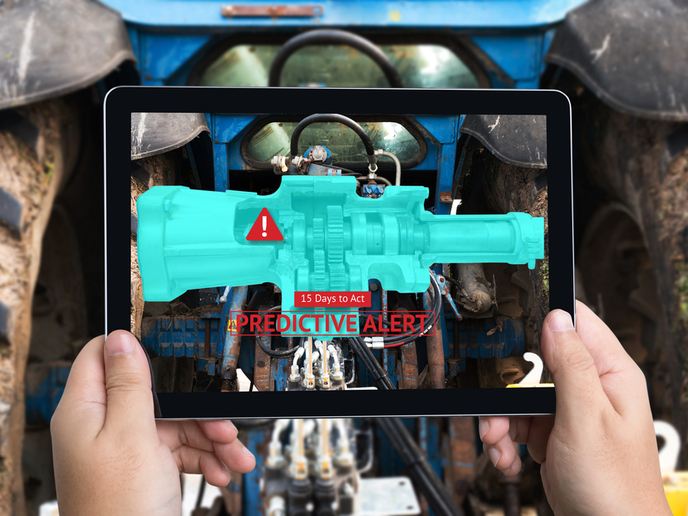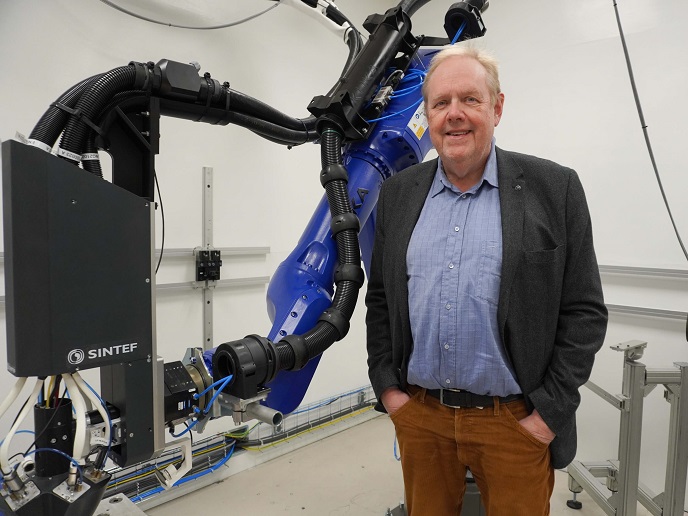Realising the untapped potential of new coatings
Coatings are used throughout industry to enhance performance via increased strength and decreased wear by reducing the attack through corrosion that can lead to crack initiation or diminished wetting (spreading of a liquid on a surface such as water on a windshield). Complex metal alloys (CMAs) form the basis of a new class of coatings whose potential has yet to be exploited because of technical issues with the coating process. CMAs are a broad family of compounds consisting of either metallic elements or mixtures of metals with other elements. They form crystal structures with an extraordinarily high number of atoms per crystal unit. Unlike salt that has only two atoms per unit cell (sodium chloride), CMAs can have up to thousands of atoms per unit, creating unusual physical properties. In fact, the CMA aluminium magnesium boride (AlMgB14), consisting of 16 atoms per unit, has strength properties second only to diamond. European scientists have been developing coating processes to tap the potential of CMAs as the basis of coatings for machining equipment and moulds and wetting-resistant coatings for aeroplane landing gears. EU funding of the APPLICMA (Development of wear resistant coatings based on complex metallic alloys for functional applications) project enabled scientists to break the processing barrier associated with use of CMAs for coatings. Scientists began by testing CMA samples and then focused on the most promising CMA for the coating deposition process (physical vapour deposition). Following process optimisation, scientists produced demonstrators, coated them and conducted tests to compare tools coated using conventional methods and uncoated tools. Demonstrators included drills, mills, cutting inserts, dies, moulds, bolts and an original aeroplane landing gear part. In addition to demonstrator development, researchers conducted detailed studies into the electronic structure, roughness, thickness and micro-hardness of the CMA coatings. Focus was also placed on revealing the fundamental mechanisms of the phase transitions in the manufacturing process of the targeted coatings, and on how to minimise friction and wear in the forming process. The need for high-performance materials with high resistance and lifetime for macro-scale applications is high. APPLICMA established the complete coating process, making available alloyed targets that are compatible with conventional deposition processes in typical industrial devices.







